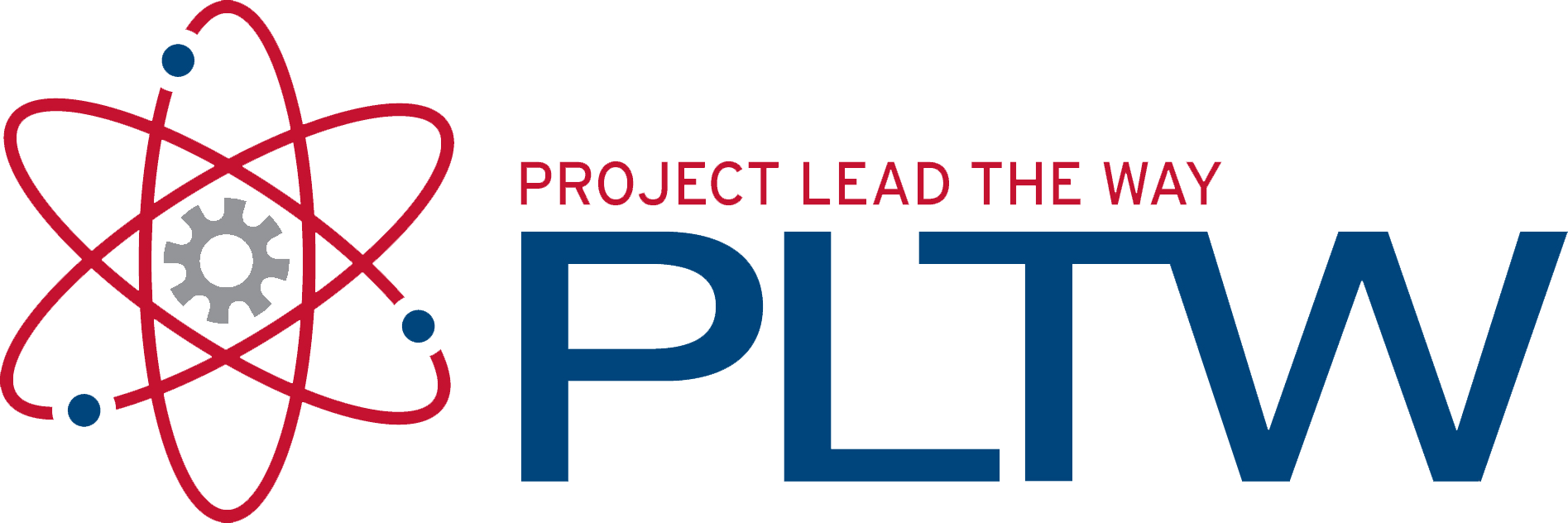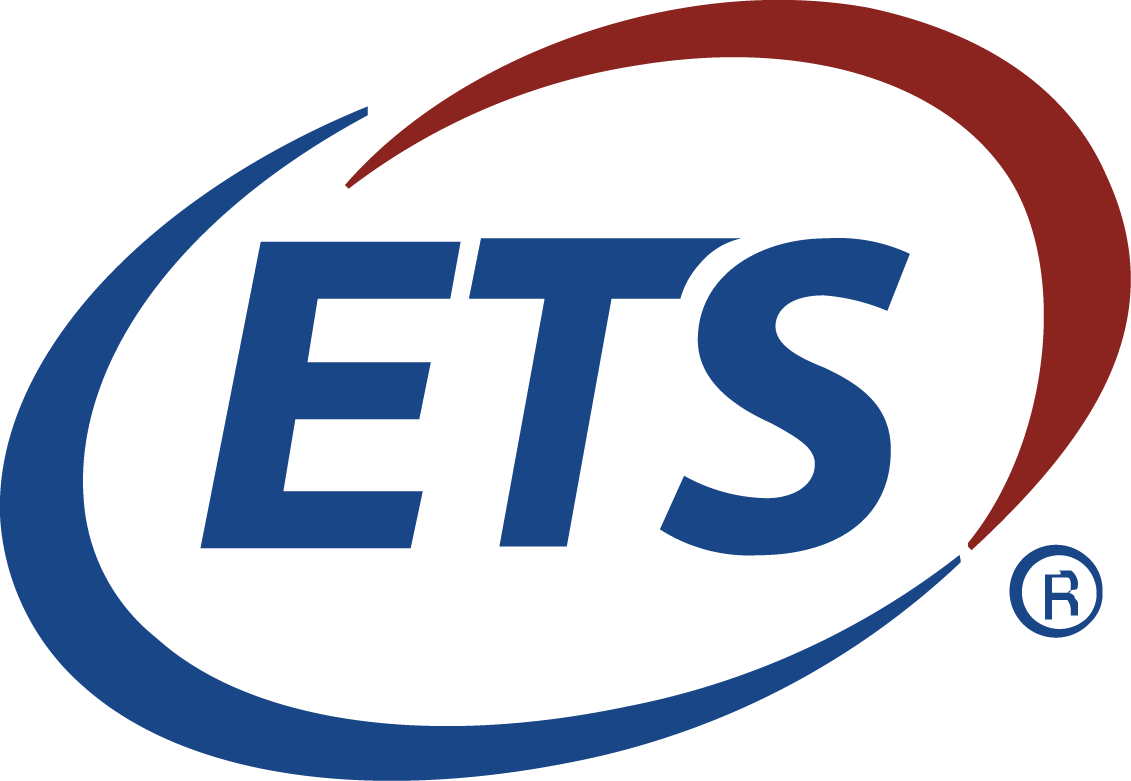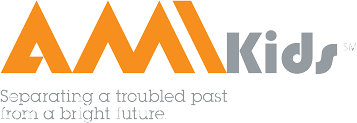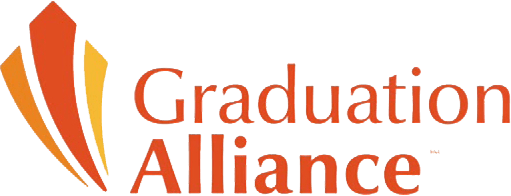Education Startups and the VC Market

Technology changes just within the lives of my family have been staggering, dating back to my grandmother – who rode a horse to school and lived long enough to see transatlantic air travel. My father grew up without TV in his childhood and left this world with an iPhone on his bed. Without sounding like an angry old man screaming at the clouds – I think we all see with slack-jawed wonder the technological changes in just the last 15–20 years. Think about what your phone looked like in 2000.
The marriage of technology and education is a very good example of the change I am talking about. Consider recent data reports from Crunchbase that suggest VC-backed companies in the education space raised more than $20 billion last year, climbing from an already high of $14.6 billion in 2020. While higher profile companies such as Coursera, Udemy, and Duolingo established initial public offerings (IPOs) during the period, the stage is set for other companies and lesser-known entities to enter the fray.
On a global scale, market research placed the Edtech market at $106.46 billion for 2021, with a 16.5% increase projected from 2022 to 2030. A Forbes article on Edtech trends further elaborates, predicting growth of $377 billion by 2028.
The numbers point to promising times for Edtech companies, yet while the more prominent companies may get the headlines, startups should be excited by the developments. After all, they are the ones who come up with flexible, creative, and imaginative ideas on the fly that fit a market in constant flux.
With constant shifts in education, demand remains high for new ideas, and startups are positioned to find more and more opportunities. Technology is so fast moving that the old publishing companies that used to dominate the education space are often just trying to keep up. Many brilliant venture capital-backed thought leaders are developing the newest ideas almost overnight and the VC world is taking notice.
To grasp the present landscape unfolding, perhaps a little history is necessary to gain a better perspective on how legislation intersected with advances in technology that opened the playing field for startups backed by VC capital to enter the education market more effectively.
Education Market History
The education market was once a pretty simple economy. Years ago, when I was a younger advisor, about 65 education companies, including big publishing and other companies, supplied books and basic needs, such as pencils, erasers, and whiteboards, to most schools in the country.
With the advent of the No Child Left Behind (NCLB) in 2002, the education market suddenly became less predictable. A perfect storm developed where legislation coincidentally lined up with the expanded growth of the internet, opening up the space for EdTech companies to get in the classroom.
School districts that conducted assessment testing with reported failing student data received funding to increase tutoring in their schools. Added to the pot was more legislation from the same law that demanded a highly qualified teacher in every classroom.
Visionary startups examined the legislation and became privy to the funding attached to No Child Left Behind. They knew that it would be impossible to find live tutoring for all the kids throughout the country, not to mention great teachers. So they decided to develop online tutoring models and other EdTech ideas to address the market.
Soon the atmosphere turned into one where very young companies won massive deals because they had great ideas.
One of the first companies I helped advise during that early startup days was Engrade, out of Santa Monica. It led to being acquired by McGraw Hill, one of the original big publishing companies in the education market. McGraw Hill was looking to go digital at the time and purchased the startup.
Many smart 30-year-olds in the education industry became wealthy very quickly because they had big ideas and strong execution to bring the ideas to life. It was the first time in education history that something like that started to happen on a consistent basis. In many ways, this transformation happened so quickly that you almost didn’t notice what was happening, but it kicked off the education investing environment of today.
Young Startup Story
The story of how Engrade even started is a good one. It originated from the mind of a student in Sacramento, CA, who was ticked off that he couldn't get his grades sent to him over winter break. To remedy the situation, he decided to code a very basic gradebook and gave it to his high school to use for free.
Four years later, that same student was attending UC San Diego, where he had teamed up with some business partners who had already started a few YouTube-based companies. These partners became curious about how many users were utilizing the gradebook, so they examined the numbers. To their astonishment, they noticed that 3 million independent users all across the country were using the gradebook.
Word of mouth spread the gradebook popularity. Teachers were telling teachers; students were telling students, and it grew organically. At the time, only three people were overseeing a three million-user platform. I was brought on to help them think through what Engrade might become something more than just a free gradebook.
What's fascinating is that these young thinkers had zero understanding of K-12 policy. They had little to no knowledge of K-12 funding streams, who's in charge at a district, and the person they would need to talk to regarding a gradebook. In addition, they had difficulty understanding the financial value of their product.
I spent two years taking them to smart people around the country, and eventually, they morphed that clean, accessible free resource and turned it into a learning management system (LMS). First, they transitioned from plugging in grades to providing assessment results. Then they added the ability to put all products on the platform, whether purchased or free, such as Khan Academy and others. Finally, they linked it to standards.
The results were immediate. For example, teachers could look at how students did on a math exam, break it down to five results, and say, “Here's the bottom quartile of students that failed. What resources are available in the district that can help them with learning and standards?”
In less than a year and a half, they programmed everything. The company took a simple gradebook and turned it into an LMS. It was a brief shining moment, and Engrade was the only one doing it in the world at the time. They magically started winning million dollar deals, with maybe only seven people working for them. It was incredible.
Jump another year and a half later; they sold for a reported $50 million to McGraw Hill.
The Lesson
Brilliant venture capital-backed thought leaders are coming up with the newest ideas on the spot. Today’s market has a never-ending pipeline of exceptional people coming up with new, big ideas, so much so that it’s challenging to keep up with the number of new companies coming down the pike.
I’m constantly introduced to companies that resemble Engrade. They are small teams with amazing technical talent that have the chops to improve the education system and the money soon follows (last year $20B was raised in edtech) and lots of that went to teams that might only have ten people working for them and a relentless drive to figure out ways to get in front of decision-makers and prove out the investment by planting flags in districts across the country big and small.
Education is a funny business because it's the one thing that almost all of us have some level of expertise. If you're a programmer, for instance, you have expertise in your own K-12 story. While this allows for a semblance of information to proceed in initial development, understanding the education ecosystem is a complex mix of interests and associations that require people with the knowledge and background to get an idea to the finish line.
Relationships Still Matter
As an advisor, I am constantly in contact with new companies that have ideas based on something they have seen in the space that can be made better. It is the mantra of all the great entrepreneurs I have ever met: “There has to be a better way.” Their only weakness is no small one – they don’t know a soul in a single district office.
Fortunately for those of us who like to tell stories and make friends – relationships still matter in all sectors, especially education. You can have funding and the most incredible product in the world, but if a superintendent doesn't know or click with whoever's in front of them pitching, they're not going to buy it. Put another way – if you have the best product ever – it won’t sell if they don’t want to get to know you personally. And, if you have a mediocre product and they love you – you can do just fine in the K12 space. I have seen this lesson firsthand hundreds of times.
There is a lot of runway in American education for innovative ideas and not just relegated to the well-established companies that have been around for 20 years, but it takes a level of connection. It’s wide open in many respects, and young startups don't even need a lot of research to back their relevance. It’s about justifying a product by making sense to people and fulfilling a specific need. Once you win a district, you have planted a flag you can leverage just about anywhere.
Right Place, Right Time
Like everything in life, timing plays a significant role in success but first comes identifying a need and creating an innovative solution.
Startups often have an advantage over larger companies with multiple products because they can focus solely on one niche area of need and place efforts in one direction. With unencumbered freedom, startups are afforded the time to develop, iterate and pivot at surprising rates. The military has known and relied on this principle for generations – which is why history is littered with examples of smaller, more nimble armies beating larger ones. Well, you don’t have to be “Stonewall” Jackson to know that the same holds true today in our industry.
I recently engaged with Just Right Reader, a company that produces literacy programs for early childhood reading. The founder is passionate about diversity models that cover cultural themes in decodable phonics and bilingual presentations with stories told by kids. Their founder – Sara Rich is an evangelist in the space, speaking on the need for diverse learning options for kids that relate to them.
As districts began to focus more on equity, access and diversity, her company had already developed reading material that resonated and engaged. Perfect timing meets perfect preparation. The inclusive package met the day's needs. Right place. Right time. Right company. The moment fit the product. It resulted in a pilot that ultimately led to a district-wide county purchase.
Investors Embracing Education in Flux
Today, public education is a super flux environment. The subjects and interests shift at an incredible pace. Some technologies and topics of today were barely on the radar five or six years ago. Products that fit the changing winds of education benefit greatly if they are nimble.
Listening and adapting to the needs of the education community is key. If you can do that and get in front of decision-makers, it doesn't matter how long you've been around; if you've got the right product, they'll buy it.
Passion Makes a Difference
Energy and enthusiasm are crucial elements of what I search for in a company, regardless of whether their mature or a startup. I find parallels to the political environment cropping up. Years ago, while working on a political campaign, a political hack friend of mine came storming into the office declaring, “We need more energy in this campaign headquarters because if it ain't happening in here, it ain't happening out there.”
The same holds true for startups. Often there is one person that's the driving force behind the idea, and they find the right people to plug into different positions from programming, sales, or marketing. But one person is driving all the people.
If that founder is not almost fanatical about it, I hesitate to represent them without another compelling aspect to the platform. Often with startups I simply don’t know how successful I can be until we get started. I depend on looking at a founder with that glazed look in their eyes, a passion bordering on religion. If I were investing in any company, that look would be a crucial indicator of my interest and, ultimately, my investment.
About the author: Todd Lamb is a Strategos Partner and former White House Appointee to the U.S. Department of Education. He has spent 15 years working with education companies and non-profits across the country at the district, state, and federal levels. As an advisor, Todd is an expert in a variety of sectors.













